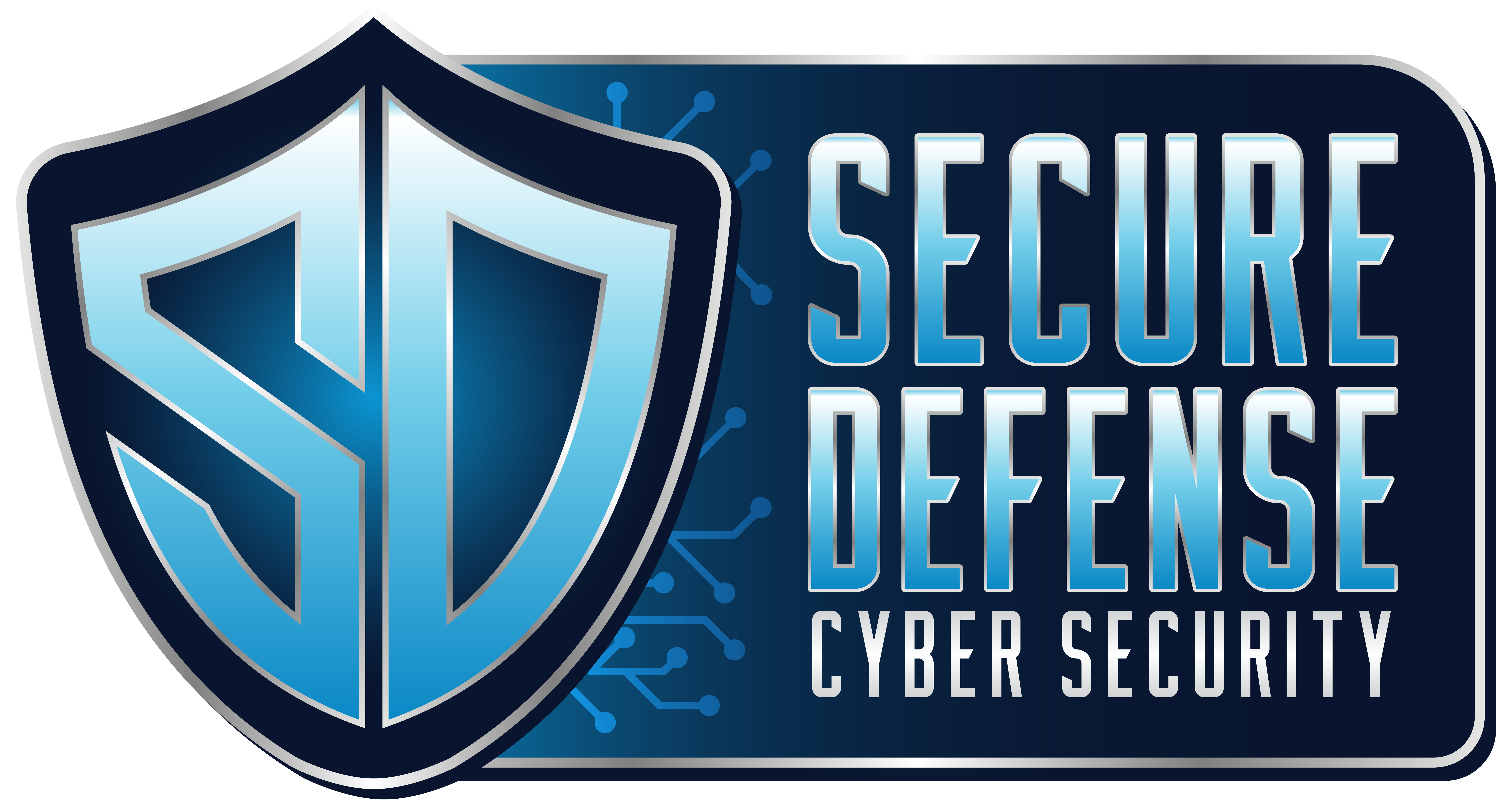In today’s digital age, the need for robust cybersecurity measures is more critical than ever before. Cyber threats are constantly evolving, becoming more sophisticated and dangerous with each passing day. Among the various tools and software available to protect your computer and data, two terms frequently surface: “Anti-virus” and “Anti-malware.” While both serve the overarching purpose of safeguarding your digital life, they differ in several key ways. This article aims to shed light on these differences.
Anti-Virus: The Old Guardian
Anti-virus software is one of the oldest forms of digital protection. Its primary focus is on detecting and removing computer viruses. A computer virus is a type of malicious software that can replicate itself and spread to other files, potentially causing significant damage to your system. Here are some key features of anti-virus software:
- Virus Detection: Anti-virus programs excel at identifying known viruses based on their signature or patterns of behavior. When a virus attempts to execute on your system, the anti-virus scans files and processes for these patterns.
- Signature-Based Detection: Anti-virus relies heavily on signature databases. These databases contain records of known viruses, allowing the software to compare files against this list for potential matches.
- Real-time Scanning: Anti-virus software typically provides real-time protection, constantly monitoring your system for virus activity.
- Resource Efficiency: They are designed to be resource-efficient, ensuring that they don’t slow down your computer’s performance.
Anti-Malware: A Broader Spectrum
Anti-malware, on the other hand, is a more comprehensive term that encompasses a wider range of malicious software, including viruses. While viruses are a subset of malware, anti-malware tools address various threats that go beyond traditional viruses:
- Malware Detection: Anti-malware tools are versatile and capable of detecting a broader range of threats, including viruses, Trojans, worms, spyware, adware, and more.
- Behavior-Based Detection: Unlike anti-virus, which often relies heavily on signature-based detection, anti-malware tools use behavior-based analysis. They monitor the behavior of programs and processes, looking for suspicious or malicious activities.
- Zero-Day Protection: Anti-malware solutions are more equipped to deal with “zero-day” threats – those that are so new, they haven’t yet been cataloged in a signature database.
- Real-time Scanning: Like anti-virus software, anti-malware tools also offer real-time scanning to protect your system from threats as they emerge.
Which One Do You Need?
The choice between anti-virus and anti-malware depends on your specific needs and the digital environment you navigate. Here are some considerations:
- Anti-Virus: If your primary concern is protecting your system against known viruses and you value a lightweight, resource-efficient solution, anti-virus may suffice.
- Anti-Malware: If you seek more comprehensive protection against a broader range of threats, including zero-day exploits and advanced malware, an anti-malware solution is a better choice.
- Combo Solutions: Many modern security suites offer a combination of both anti-virus and anti-malware capabilities, providing a well-rounded defense against all forms of digital threats.
Ultimately, the best approach is to stay informed about the evolving threat landscape and keep your security software updated, regardless of whether you choose anti-virus, anti-malware, or a combination of both. Cybersecurity is an ongoing process, and your digital safety depends on your vigilance and the tools you employ to protect your digital life.





















